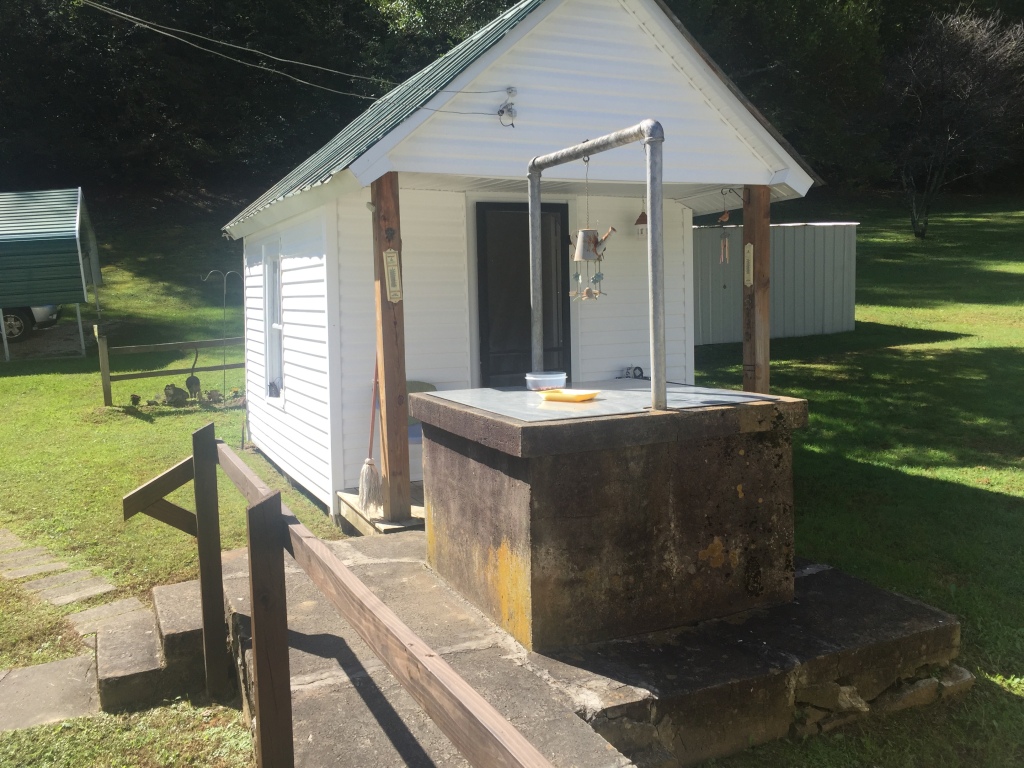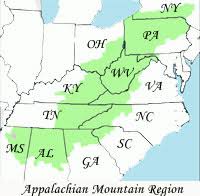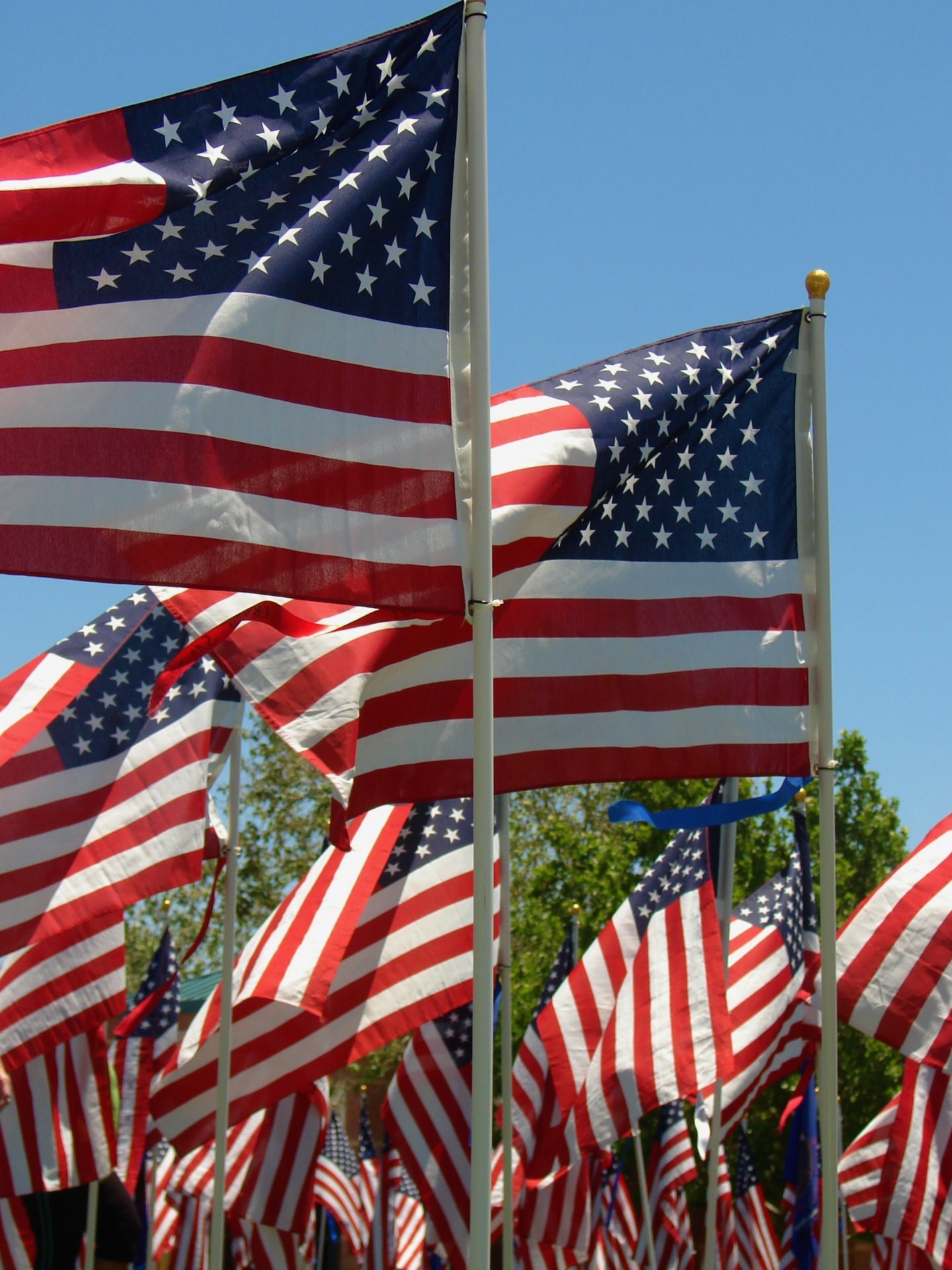
Country women are the hardest working women around. Particularly country women who live in Appalachia. All work hard at home. Home is often a farm, more so in the past than now. Many also have jobs outside the home, more now than in the past.
Sarah was a woman of the past, living her entire life in Appalachia. She was born in the 1930’s, so her life spanned the century mark in 2000. Most of her life was like women had lived in Appalachia in the past centuries, but parts of her life were very much in the present and future. She was most comfortable with the traditions of the past but valiantly tried to embrace the present and look toward the future.
She was the kindest, most caring person I’ve ever known. She met the love of her life, Randall, as a small child. They were playmates in the hills of Eastern Kentucky. Teenage sweethearts, they even went off to college together after they married. Randall became a teacher in the local school system. Sarah went to work for the county’s Board of Education.
They had a rich life, full of friends and family and a special daughter who came to them. After they cared for her, she spent many years caring for them. She’s still caring for Randall. Sarah considered her to be her own. Until the last twenty years, Sarah and Randall also cared for Sarah’s mother. Such is the way of the rather clannish people of Appalachia. Family still means something to them. They take care of their own.
Sarah and Randall lived in Sarah’s grandparents home place. It was most of the way up a “holler,” which is the Appalachian slang for a long, narrow valley between close mountains. Most of that holler was part of Sarah’s grandfather’s large farm until the grandparents passed away. Sarah’s mother retained land and the house. Sarah inherited it. They made their home there. It was a beautiful place.
Before the opioid epidemic that affected Eastern Kentucky among many other areas, the entire region was green and lush with farms here and there. Then, one of the area’s major industries, coal mining, began to die and the unemployment rate started to rise. Many left the area, but just as many did not. They didn’t want to leave their families. Drugs found a foothold due to joblessness and poverty. Suddenly, it wasn’t quite as beautiful as it had been in Sarah’s childhood, but she and Randall remained in the family home place after Sarah’s mother passed away.
Sarah’s grandfather and grandmother had a large family. There were many aunts, uncles, and cousins. Especially in the last years, Sarah graciously welcomed any family member who knocked on her door and planned family get-together’s and reunions. In the present day, the family is dwindling away until mostly cousins remain, but the cousins were always welcome.
Then, tragedy struck. Sarah was struck down by a heart attack probably caused by underlying health conditions. Other health issues cropped up and Sarah was transferred to the nearest city where her health issues could be addressed. Sarah was 84 and Randall was 88. Sarah survived for a number of days, but finally, the doctors could do nothing else and hospice was recommended. Sarah only briefly survived in hospice with her daughter and husband right beside her. Tragically, to Sarah’s family and friends, she passed away after a long life with her soulmate.
Sarah was a beauty queen. Beautiful inside and out, she positively affected everyone’s life that she touched. She will be so missed by her family and friends.
—————————-
Note: Why am I writing about Sarah? She was my beloved first cousin and we always stayed close. Without Sarah, I will be lonely for the rest of my life for her unique personality, the culture she represented, and my own family which is lost to me. She represented a dying culture that was beautiful to its core. People who cared about their family and friends and were willing to sacrifice to care for them. May she rest in peace.








